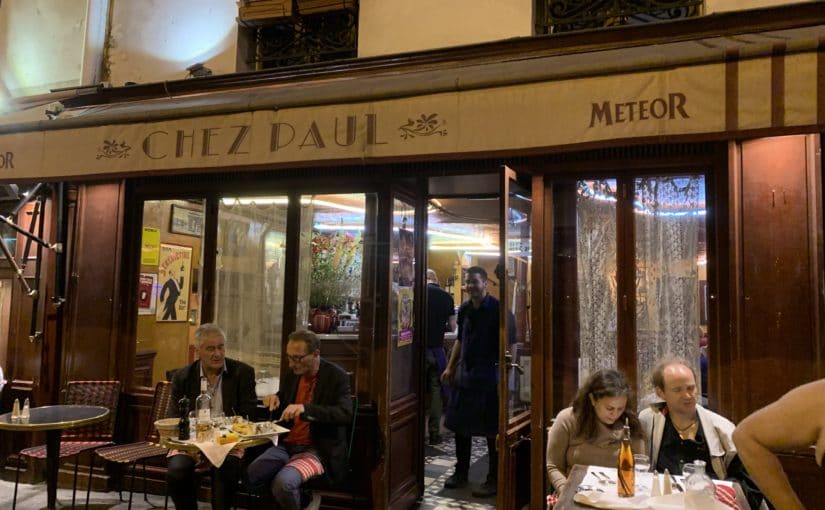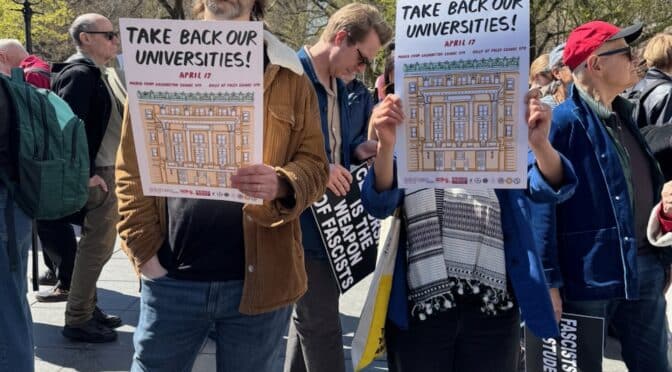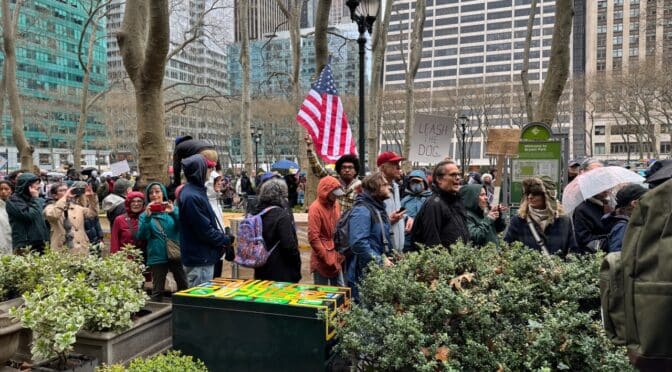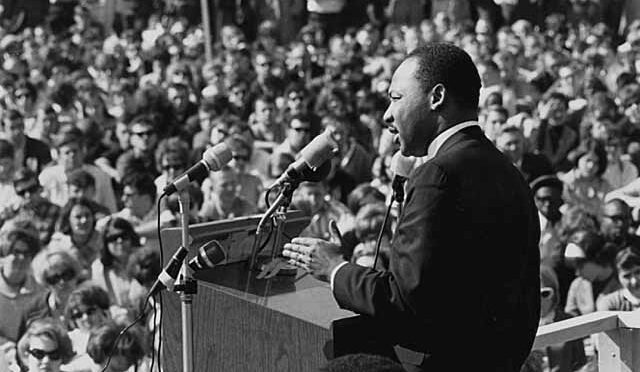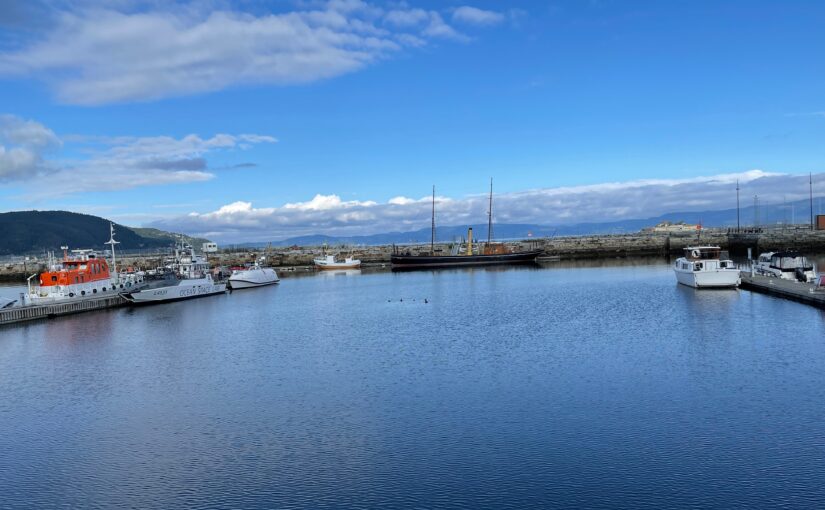by Nick Taylor
Happy Bastille Day!
We received an invitation from Paris we wish we could accept. The Hotel des Marroniers on the Rue Jacob emailed to invite us back.
This time last year, though it seems much longer now, we stopped in Paris returning from a trip to Greece and spent three nights at the delightful small hotel.
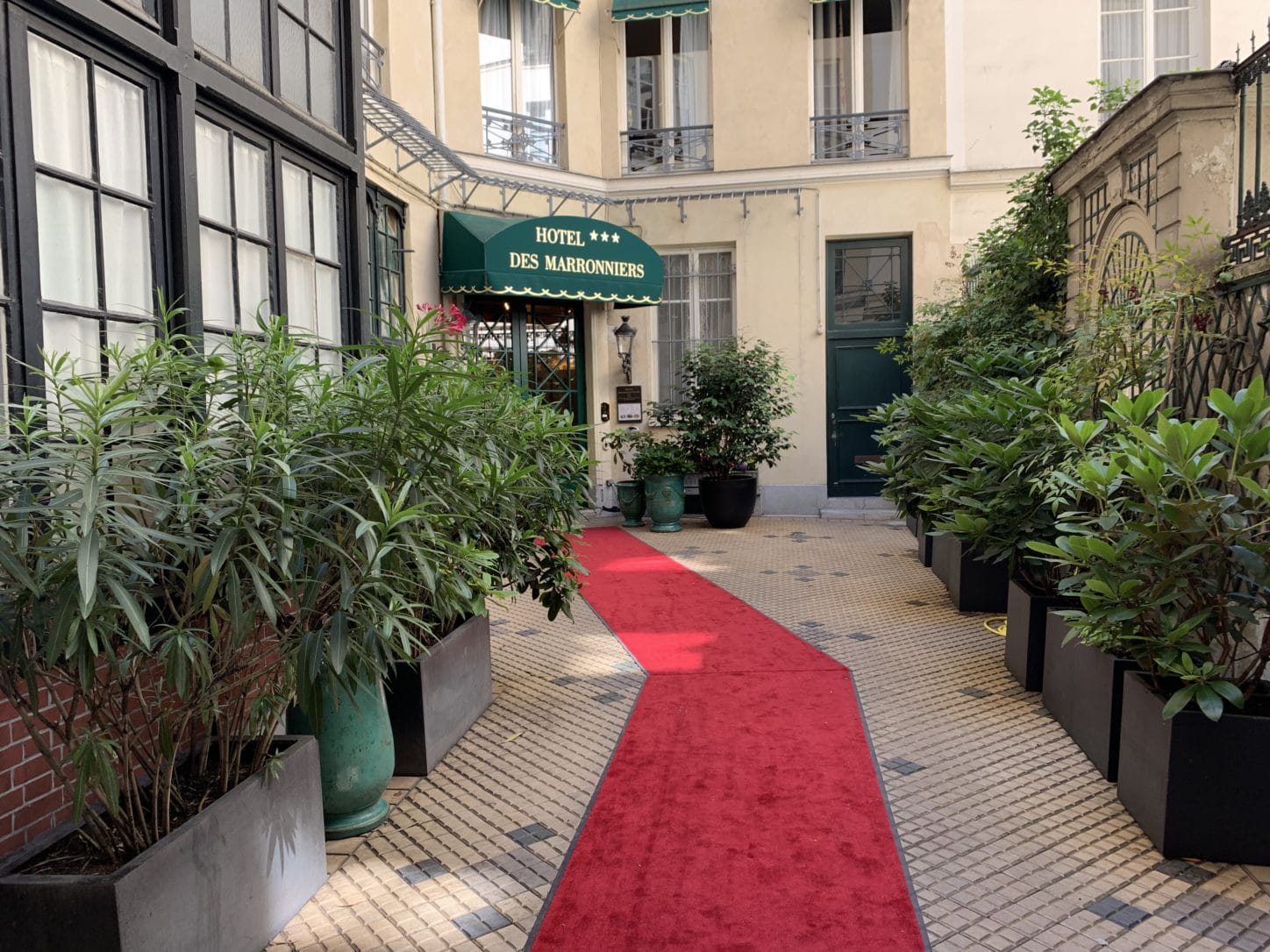
Cozy describes it best. We stepped around the suitcases we stacked in a corner of our room, held our breath in the tiny elevator, and chatted with the receptionist on duty as we handed and retrieved our key across a narrow counter.
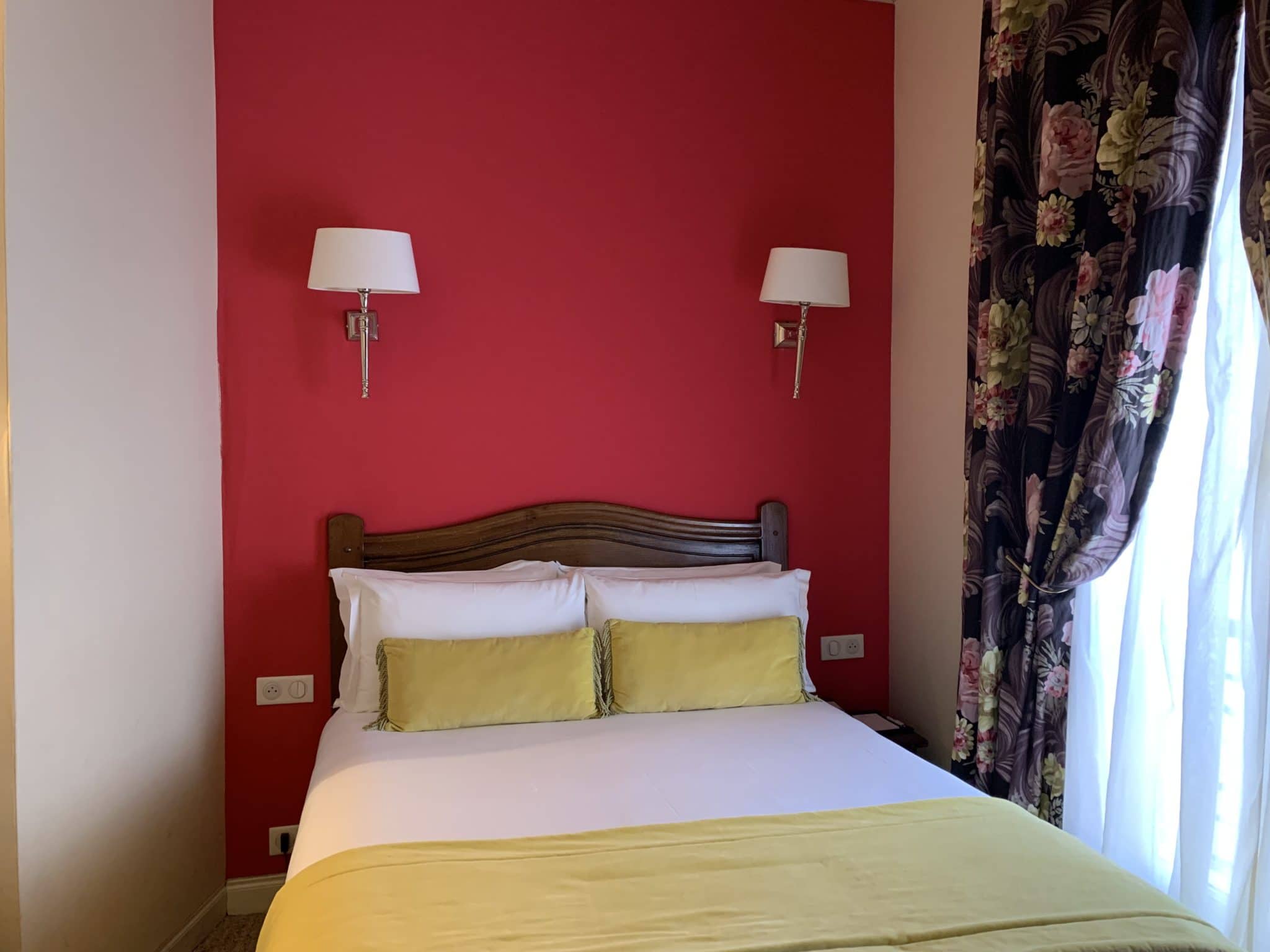
Best of all, we fanned out to absorb the delights of wonderful Paris — walks along the Seine and in the Luxembourg Gardens, the Musee d’Orsay, people watching at Cafe Deux Magots, popping into galleries and exhibitions.
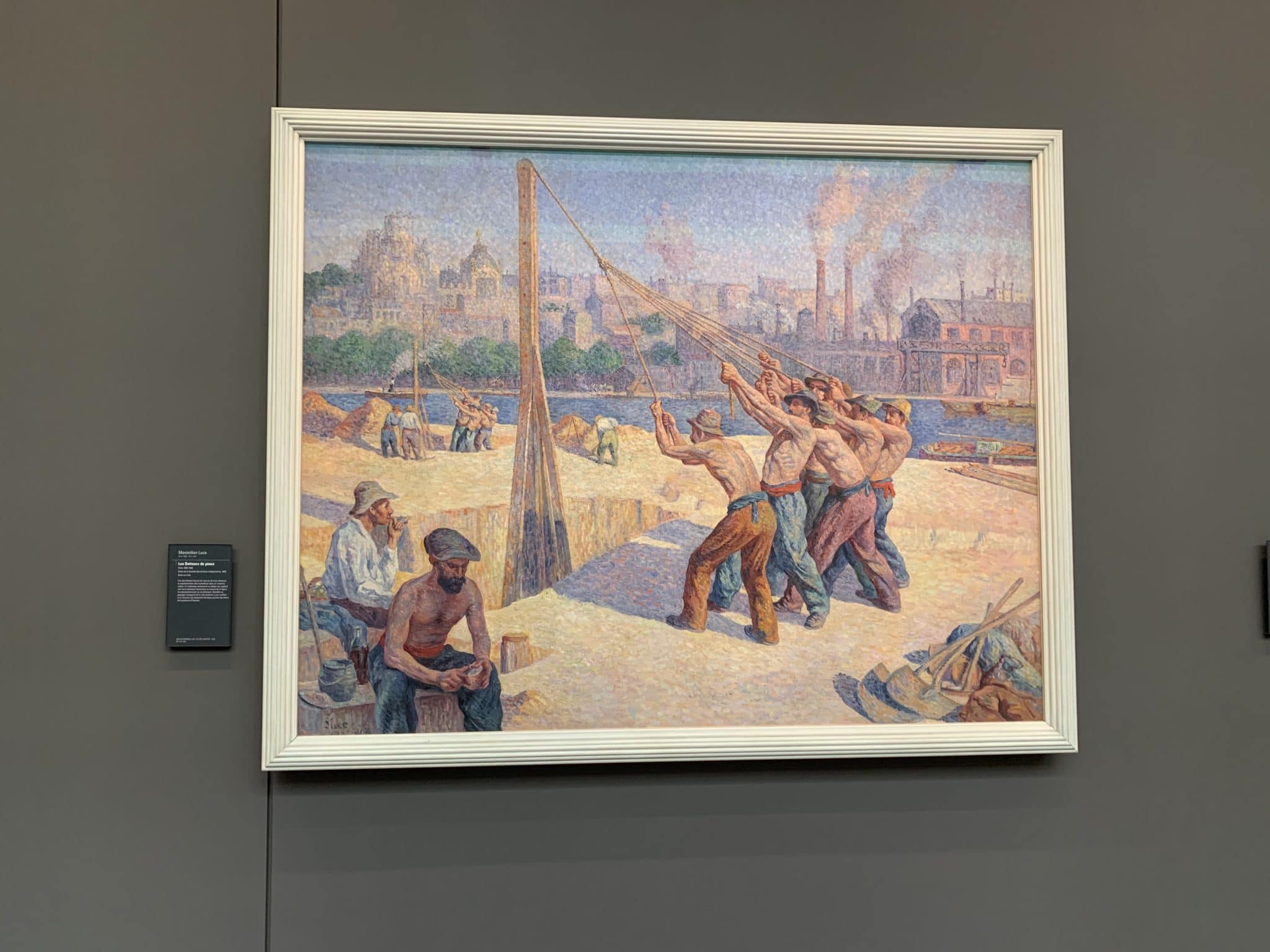
That was before . . .
Paris, like New York, adopted drastic measures to fight the COVID-19 pandemic that swept — is still sweeping — the world disrupting lives and commerce. Cities felt the problem worst. The urban joys of density and mingling were suddenly forbidden and potentially fatal. Sneezing, coughing, and just talking spread the virus. Elbow bumps replaced handshakes, and then no contact at all — stay six feet away from other people. Wear gloves. Wear a mask. Restaurants, bars and theaters closed, concerts canceled, offices emptied. People were told to stay home, so nobody went anywhere unless they escaped to the countryside. Here in New York, front line health care workers were bivouacked in hotels. In Paris, hotels housed the homeless.
The shutdown in Paris and throughout France was severe enough to stop COVID-19 in its tracks. The same throughout the European Union.
Now Europe is coming back to life. “Travel to Paris in total security!” said the Hotel des Marronier’s invitation announcing its July 1 reopening.
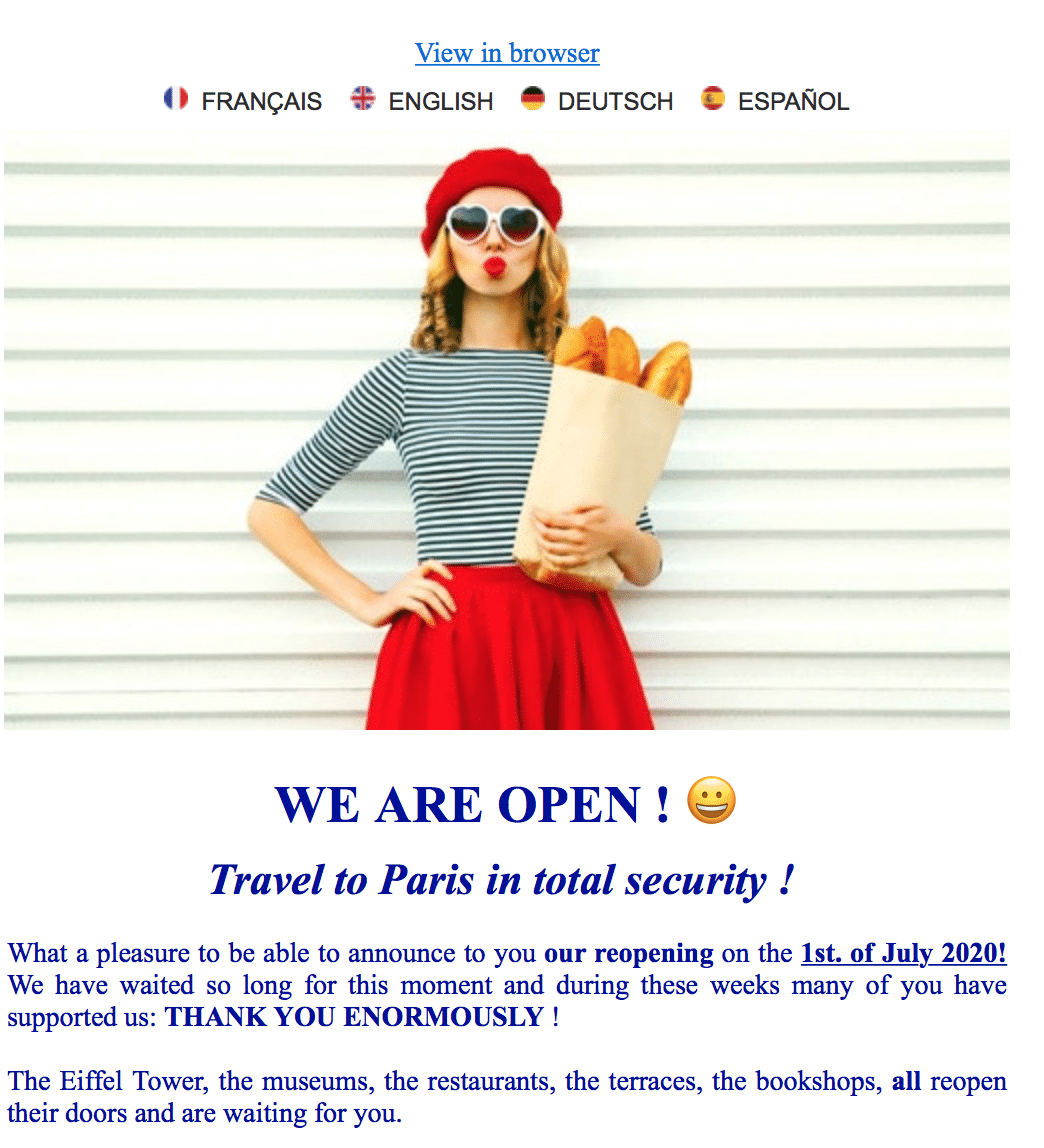
The Left Bank hotel isn’t the kind of place where social distancing is possible. Its compactness is part of its charm, at least for us. The hotel’s reopening announcement detailed its COVID-19 hygiene and safety protocol — masks, gloves, sanitizing gel, disinfecting all the things you touch, and so on. A continental breakfast will replace the buffet.
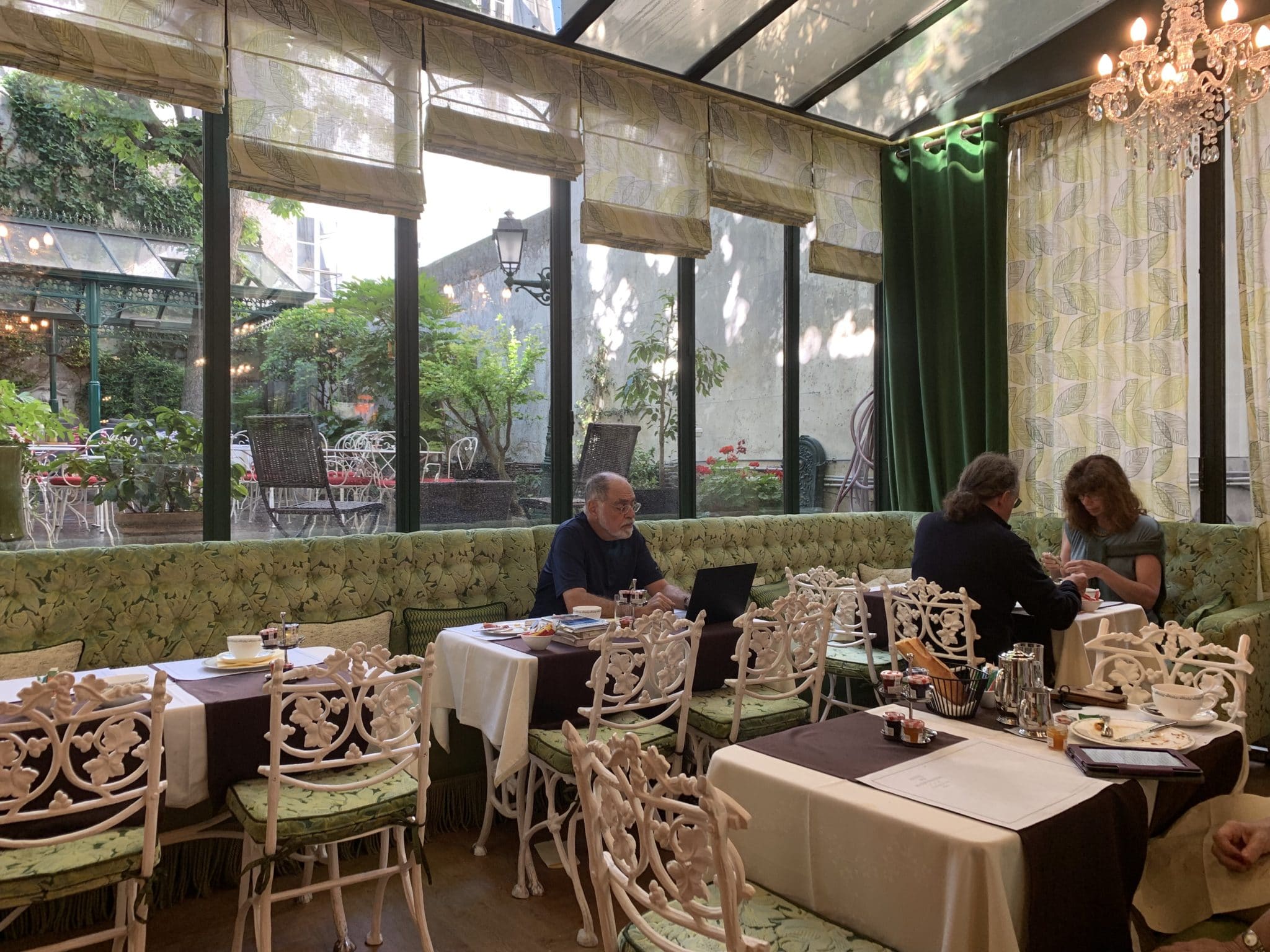
Guests can pay without touching anything, and get receipts by email. So we’d probably survive being in its close three-star quarters.
It would be fun to be a part of Paris coming back to life. In New York, the city is closing streets so restaurants can set up tables to keep people far enough apart. In Paris, restaurants are used to that, tables spilling from sidewalks onto streets and cars mercifully absent. And Paris allowed its cafes to fully reopen in mid-June.
But we can’t go. Europe doesn’t want Americans. New York got its COVID-19 case and death count down by wearing masks, avoiding crowds, and reopening slowly. We know where the European Union’s coming from. Now New York and its neighbors New Jersey and Connecticut, early pandemic hot spots, are watching cases spiking in the South and West where things opened up too soon and folks weren’t careful. Fifty thousand new cases, the highest yet, were reported in the country on July 2. Our governors are asking visitors from sixteen states including Texas and Florida to quarantine themselves for two weeks if they come here. Good luck. Americans don’t need a passport to cross state borders.
Americans traveling to France, or to anywhere in the Eurozone, is another story. The European Union, reacting to the soaring case counts in this country, won’t admit most travelers from the United States. Thanks to an utter lack of national leadership and reckless governors defying health experts, the United States is in the Banned Travelers Hall of Fame along with such international paragons as Russia and Brazil.
Even people who have homes in France, like our our friends artist Pierre Clerk and his wife Linda Mandel, find themselves up against the lockout, too.
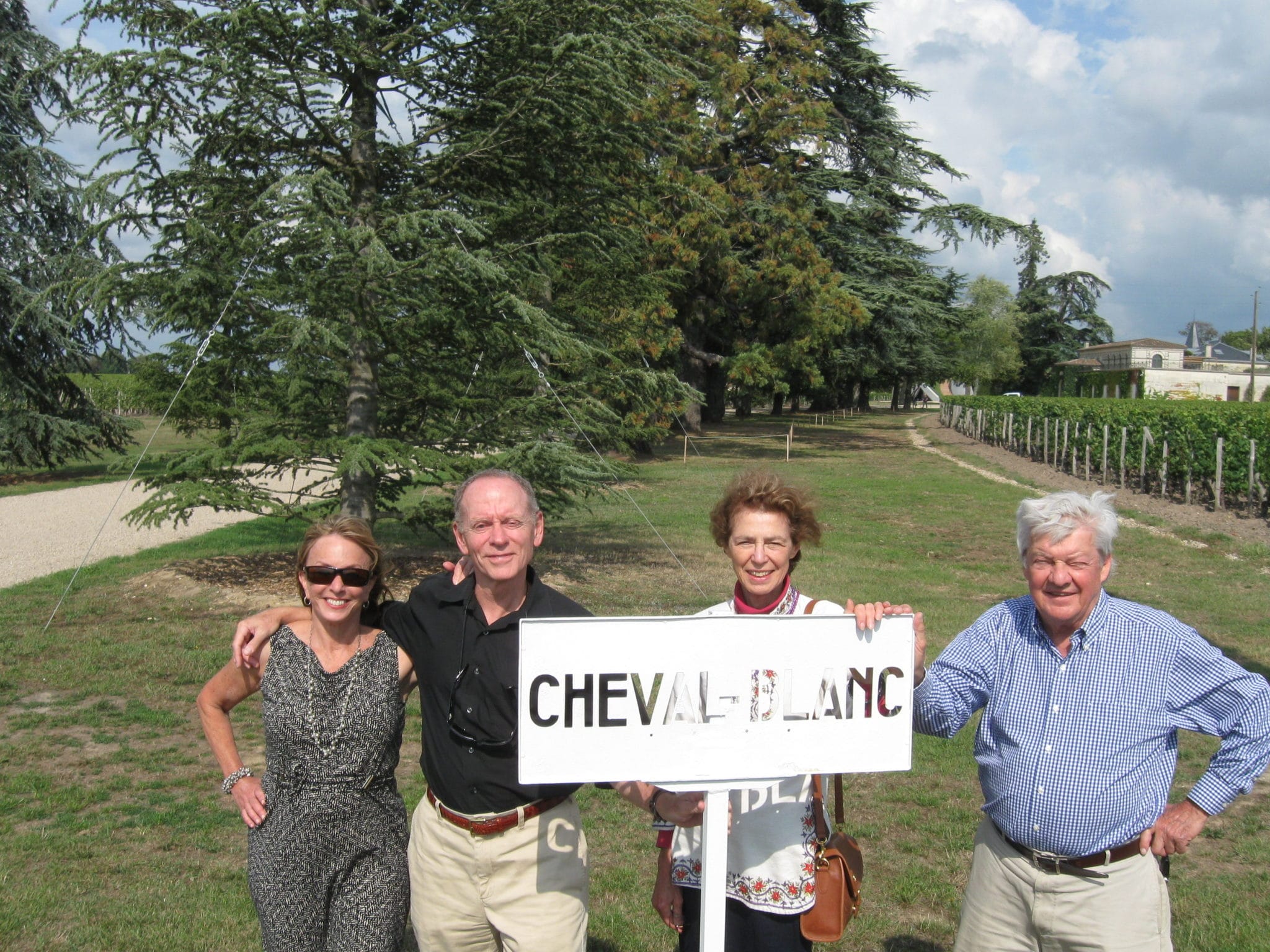
They need to get back for business reasons. Pierre has a show scheduled in Belgium in the fall and his dealer wants to choose the pieces from his studio in southwest France.
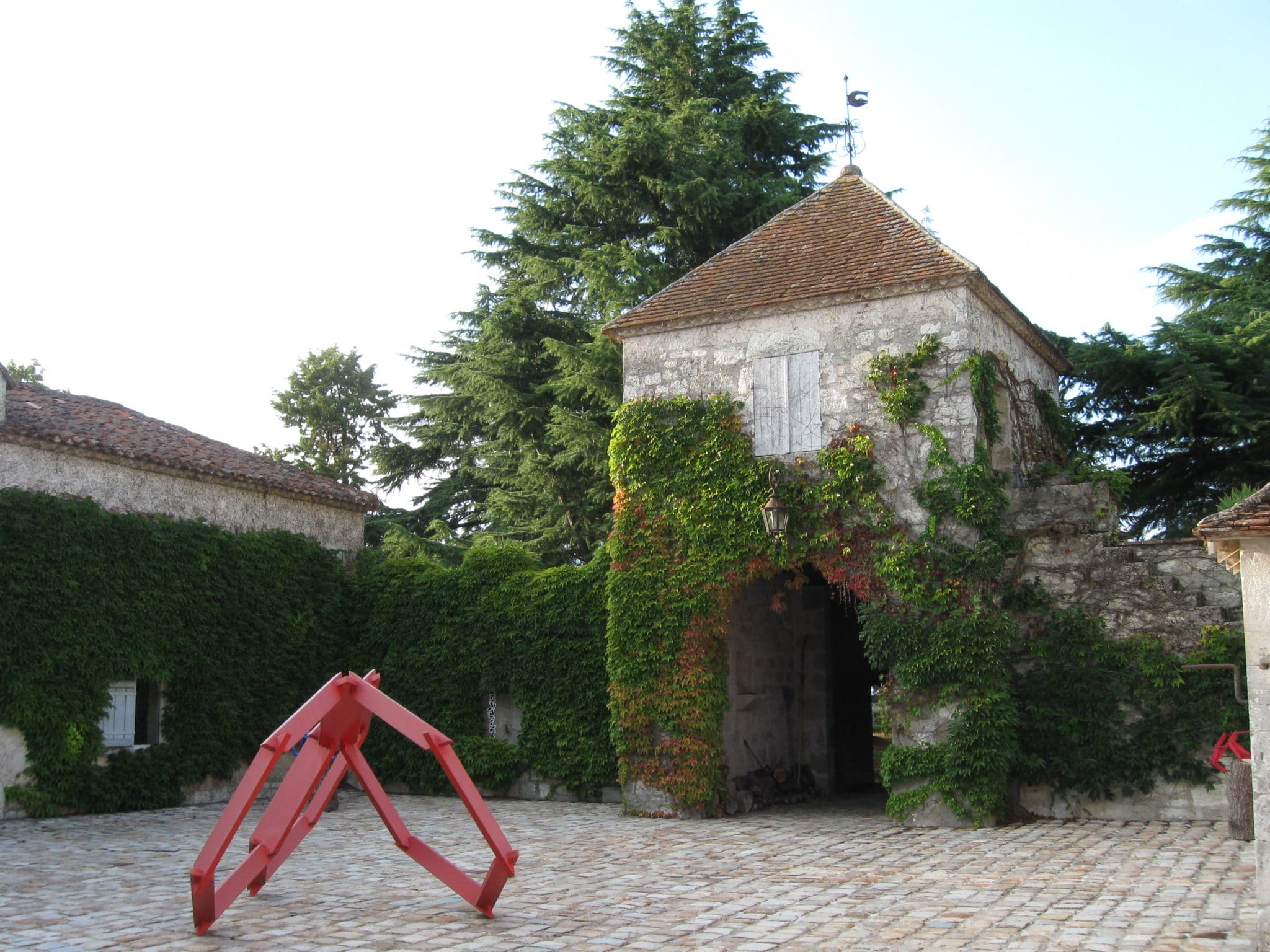
You can watch a video Barbara did when Pierre was 85, here. It gives a good idea of what their beautiful home looks like, and Pierre’s striking work.
But back to travel to France. The French Consulate in New York offers an elaborate explanation about who can enter France. Americans would have to quarantine for fourteen days, but the European Union ban on Americans superseded that.
Even before the full impact of the pandemic hit home, and before protests erupted worldwide over racist killings of black men in the United States, the State Department issued a Level 2 travel advisory for France urging “increased caution.” Unions had been waging strikes and protests over pension reforms, but we don’t remember news of terrorism. And even traveling cautiously won’t be possible until we COVID-19 pariahs in the U.S. can get back to Paris and Europe again.
